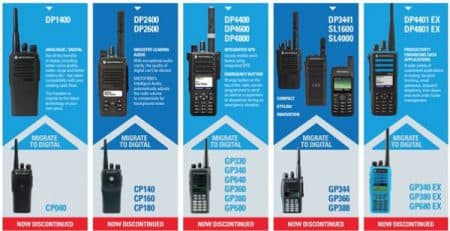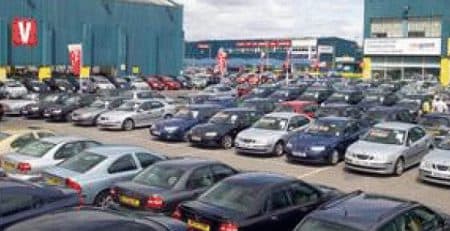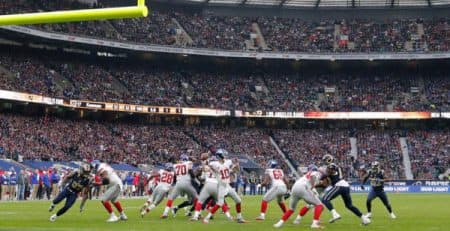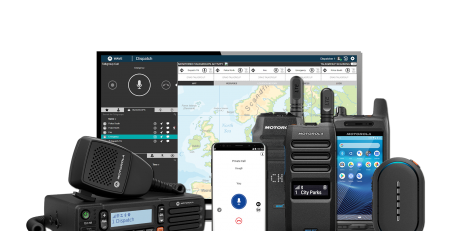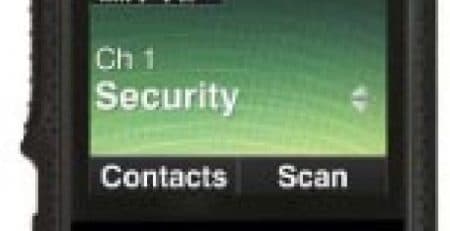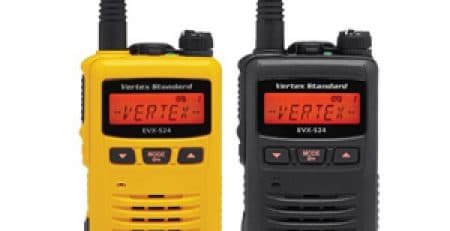Retail Shoplifting on the Rise and Shows No Signs of Stopping
In 2018, there were more than 366,000 reported incidents of retail shoplifting in the UK – from convenience stores to shopping centres. These figures were confirmed by research from Checkpoint Systems, a provider for loss prevention and merchandise visibility, which also highlighted that, in almost half of these incidents (43%), the suspect has gone unidentified. Even more concerning, retailers warn the number of reported thefts “pale in comparison to the reality”, estimating that the number is, in fact, closer to 950,000 – more than double the police estimate.
Retail shoplifting is a major issue, and with the number of incidents increasing each year, what’s going on and how can it be stopped?
The responsibility falls on the shoulders of shop owners and shoppers
James Martin, a crime and security advisor with the British Retail Consortium, said the costs of retail shoplifting “ultimately fall on the shoulders of shoppers and owners”.
With police forces stretched, officers are having to prioritise crimes. Furthermore, the Anti-social Behaviour, Crime, and Policing Act states that “low-value shoplifting” (the theft of goods amounting to less than £200) doesn’t warrant a police investigation.
As a result, many retailers are going into battle alone and, with Black Friday, Cyber Monday and Christmas on the horizon, they will no doubt be evaluating their existing security and communication to ensure they are able to deal with thieves.
How can retail stores maximise security?
Growing numbers of retailers are investing in counter-loss prevention measures – CCTVs, mirrors, alarm systems, RFID tags, shutters and security guards.
But as well as retail security solutions and staff, retail stores need to start communicating with each other, regardless of brand or competition.
The thing is, shoplifters often work in groups, targeting multiple shops across an area of the shopping centre and going on a ‘shoplifting spree’. These groups can consist of two or three people; one or two doing the actual stealing whilst the other distracts sales staff or security.
It’s hard to combat groups alone – and you can bet they are in constant communication. One retail store cannot beat an organised group of thieves.
However, by letting other stores know when a theft has taken place, retail stores can take a united and coordinated stand against retail shoplifters. If this communication is instantaneous and site-wide, shoplifters can be identified and/or intercepted before they even enter their next store.
And this is where two-way radio communication can help, especially for large sites with hundreds of retail stores.
Making the case for real-time communication
For most retailers the issue is identification; they are either unaware a theft has occurred or are aware a theft has occurred but unable to identify who stole the goods. By the time they piece the puzzle together, the thief is long gone.
Typically, large retail stores take advantage of digital two-way radio systems. These systems enable in-store staff to communicate discreetly with retail security teams in the event of a theft and raise an alarm – all in real-time. Here are a few examples:
- Discreet communications and alerts
If someone is acting suspiciously, staff can use two-way radios and earpieces to communicate hands-free: retail security personnel gain an immediate description of the suspect’s behaviour, attire and build and can focus their attention correctly.
Similarly, if staff notice someone stealing something but don’t want to panic shoppers or alert the thief (causing a chase on foot), they can quickly communicate with store guards on a separate channel. They can then intercept the thief as they attempt to leave or directly issue an alarm to all retail security personnel (which can be received via the radio, email, mobile or through a central interface). Alarms can even be routed to local authorities, such as the police, for rapid response.
And this isn’t confined to store-level. Retailers can set up a channel to communicate with the centre’s guards so that they too are aware of the situation and on alert.
- GPS tracking for site-wide response
Also, some two-way radios come equipped with GPS – enabling users on the channel to locate other team members. This can be particularly useful when theft situations escalate – i.e. the thief has managed to leave the store but some retail security guards are in pursuit. The security guards in pursuit can communicate (again, hands-free using an earpiece) to coordinate with other security teams to intercept and ensure the position of the thief is known at all times (as they’ll be hot on their heels).
Finally, two-way radios can be integrated with existing CCTV networks and queue monitoring systems. This is vital as thieves operate in high-traffic areas. So, if the shop is packed and queues are long, thieves have much more freedom to steal and can go unnoticed. Using two-way radios and CCTV, retailers can begin to identify where and when thefts happen and use the information reorganise the layout of the store.
An ounce of prevention is worth a pound of cure
Retail shoplifting is a growing problem – certainly – but with these measures in place, retail stores can drastically reduce theft and catch criminals in the act.
Even if it’s a case of hiring two-way radios and trying them out, their capabilities and benefits will no doubt prove useful to any retail store when it comes to communication and security. As the advantages are made clear, they can then be rolled out across the business.
As more and more retail stores implement these measures – including educating employees on how to spot thieves, reorganising the store layout and clearly stating how much thieves will be fined – shoplifters will have nowhere to hide.




